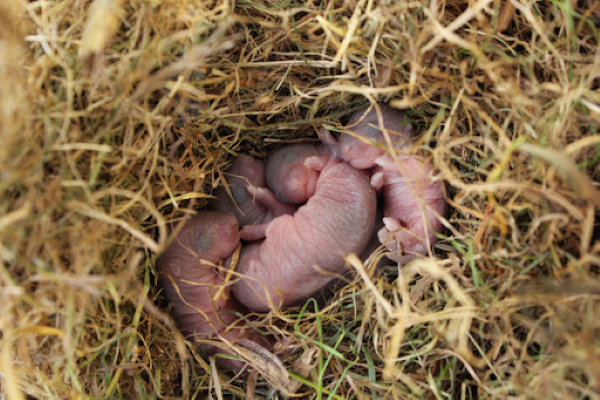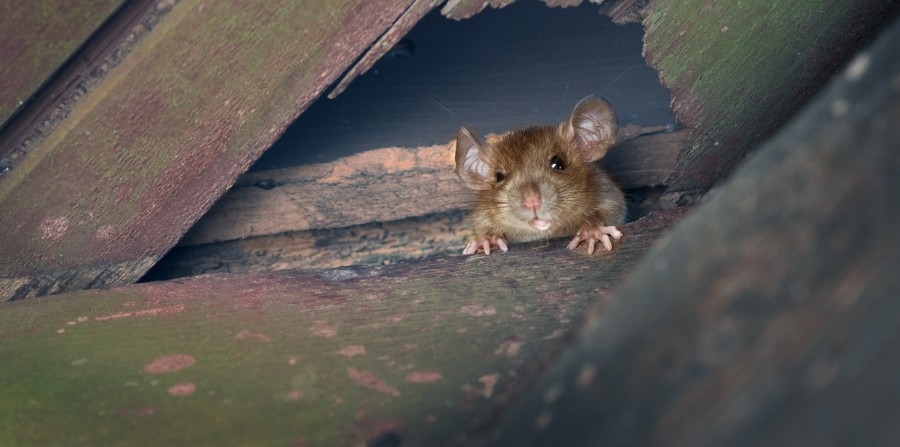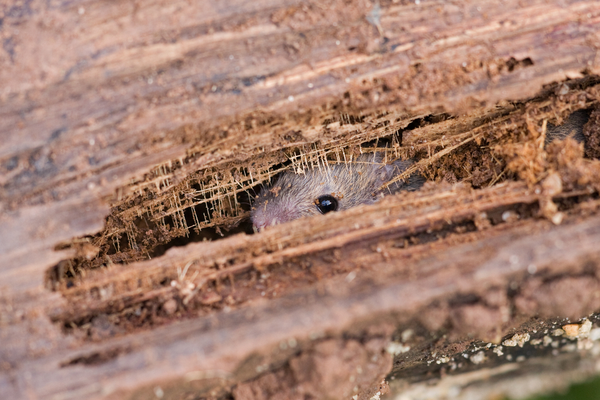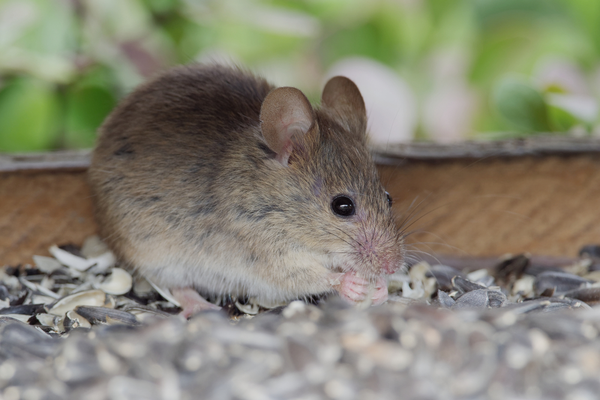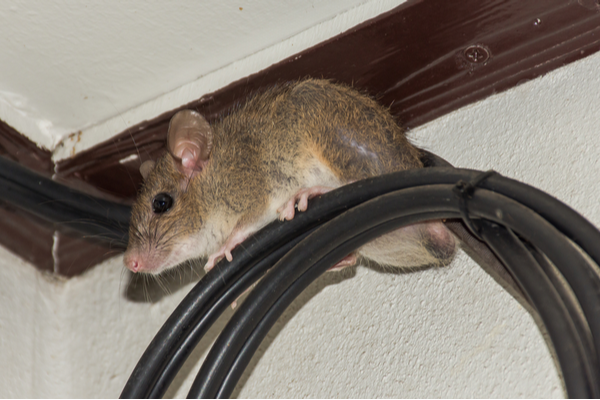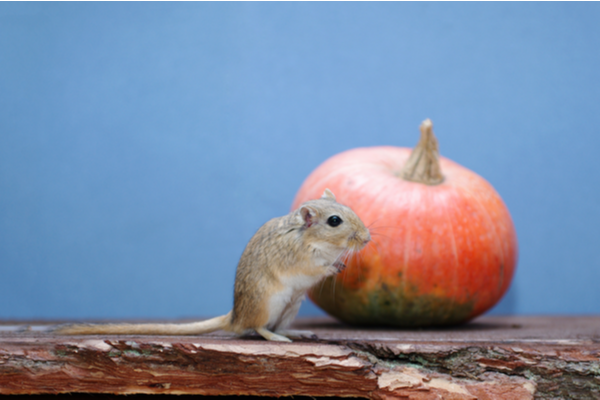If you’ve heard scratching and squeaking in your walls, found droppings, or noticed other signs of mice, chances are there are baby mice in your home too. Mice are prolific breeders capable of producing litters quickly once they’ve found a safe place to nest in your home.
Eliminating mice as soon as you notice them is key to reducing your risk of a full-on mouse problem. Things can go bad quickly. Real bad. Luckily, we’ve been reducing Michigan’s rodent population for [years] years. We can tell you if you have baby mice, how many babies can mice have, what to do if you find baby mice and more. We’ve helped a lot of people get rid of house mice and we’re ready to help you too.
How Many Babies Do Mice Have in My Home?
The short answer is a lot. Mice are a bit of a mathematical wonder when it comes to procreation. But there is a difference between answering how many babies can mice have and how many babies do mice have.
Female mice can have 5 to 10 pregnancies a year. Each pregnancy will yield 3 to 14 babies – or pups – with 6 to 8 pups being the average. That means a female mouse might produce somewhere between 30 to 60 babies a year if she stays busy.
A truly remarkable trait of female mice is that they can mate immediately after giving birth. The gestation period for mice is about 21 days. That means adult mice moving into your house could produce multiple litters of baby mice within a month of their arrival.
Now consider that those babies will start to mate in two months when they reach sexual maturity. Once they start producing babies, you’re looking at a whole lot more mice in your house. Mathematically, a single mouse could be responsible for a whopping 5,000 mice over 12 months. Obviously, this scenario is unlikely, however, even in pet stores or domestic situations where breeding conditions are ideal.
Mice live hard lives and wild mice rarely live to see their second birthday. The bottom line for your home is to get them out as quickly as possible and keep them out.
What Do Baby Mice Eat?
Baby mice are born blind, hairless, and earless. They will grow ears in four days, a fur coat by day 10, and their eyes will open after two weeks. Until then, a baby mouse pup depends on its mother for food and protection. Mice nurse for 21 days but mature quickly.
After they ween, the male mice are quicker to leave the nest than the females. Once out in the world and ready for solid foods, new mice will raid your pantry. Mice are herbivores that prefer grains and cereals to eat, but they’re also opportunistic foragers who will take what they can get.
What to Do if You Find Baby Mice in My House?
As cute and helpless as baby mice may seem, they are a nuisance and better suited to living outdoors. If you can find and remove the nest, do so. This may be tricky if it’s inside a wall.
Poison may seem like a good solution, but it’s not without its consequences. Mice will take poison back to their nest but that means you’re left with mice dying inside your walls. The all too unpleasant smell may linger for a week or more.
Traps are the surest way to eliminate mice, but with babies, you’ll have to wait until they’re old enough to leave the nest. Snap traps and sticky traps tend to work best, but mice are quick learners and cautious to a fault. They may not take the bait if they suspect danger.
A Griffin pest solutions specialist can help trap and remove mice from your home and give you peace of mind.
Prevent Baby Mice from Recurring in Your Home
The best way to prevent your home from becoming a nursery for baby mice is to prevent them from coming in in the first place.
Mouse access point
Audit your home – perhaps with the guidance of a pest control technician – to pinpoint where mice are getting in. Some of the most common portals are:
- Foundation cracks.
- Siding gaps.
- Plumbing and electrical inlets.
- Torn screens.
- Uncovered vents.
- Seal the tiniest of cracks and close every gap you can. By eliminating all the ways mice might get into your home, you’ll prevent future generations from taking advantage of your hospitality.
Who Do You Call When You Have Baby Mice in Michigan?
Griffin Pest Solutions has diligently removed more house mice than we care to count. We’re proud to be your local pest solutions specialists, trusted in homes across the state. Contact us today and we’ll make sure mice of all ages don’t decide to start families under your roof.

